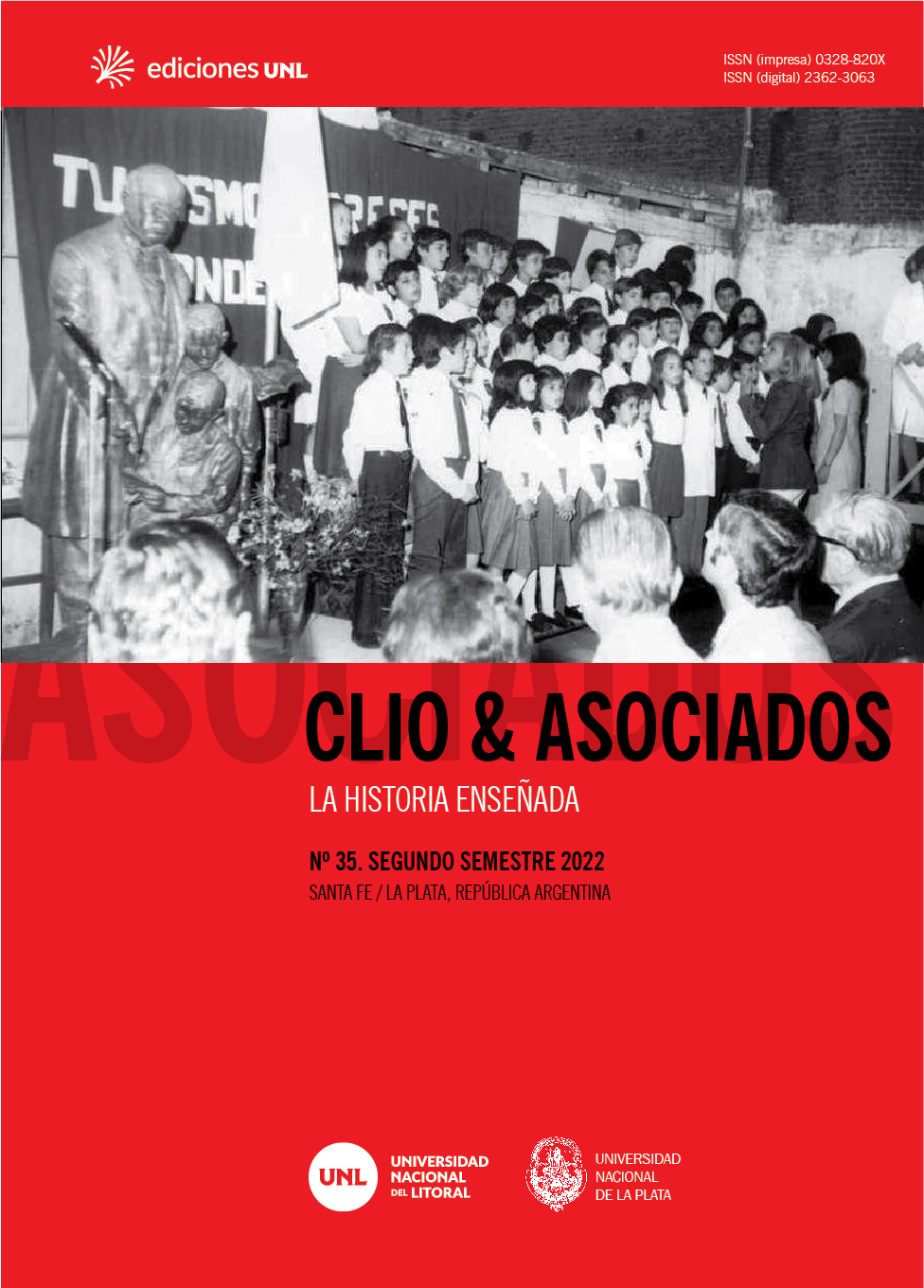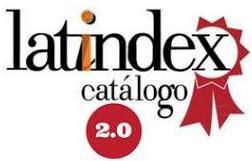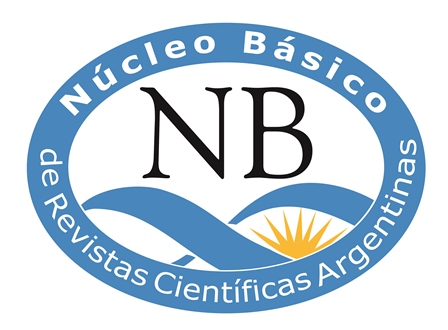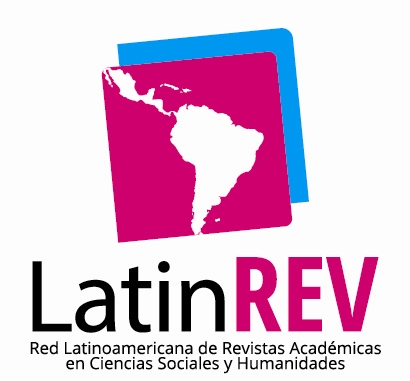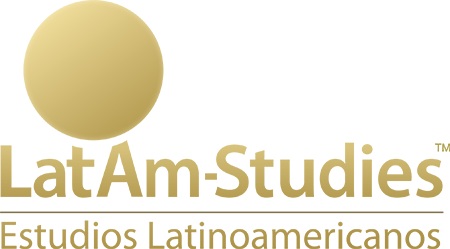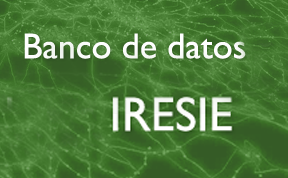Teaching History in bubbles: the challenge of bimodality. Report of experiences for the incorporation of capacities in relation to space and time
DOI:
https://doi.org/10.14409/cya.2022.35.e0009Keywords:
teaching of History, bimodality, capabilities of History, geographical space, historical timeAbstract
The Covid-19 pandemic declared by the WHO on March 10, 2020, unleashed a series of very profound changes, and schools were not exempt from it. School entered the home of all school actors (from direction roles to families, students and teachers). The transition to a new normality at the beginning of 2021 was characterized by heated debates, uncertainties and fears, however it was decided to start and sustain the presence of students in schools through bimodality (by the division of classes in two or three groups, depending on the number of people- and the extend of the classroom). While one group attended in person, the other group attended virtually. From this experience narrative, I discuss a series of strategies applied in this hybrid teaching context for the acquisition of various skills. These skills, typically for History, are understanding of change in geographical space (landscape, geographical environment and territory), understanding of historical time (duration, change and continuity, synchrony and diachrony) and historical empathy, among others.
Published
How to Cite
Issue
Section
License
Copyright (c) 2022 Clío & Asociados. La historia enseñada. ISSN: 2362-3063

This work is licensed under a Creative Commons Attribution-ShareAlike 4.0 International License.
